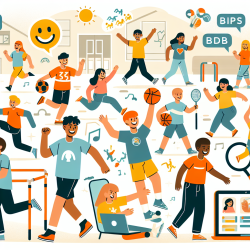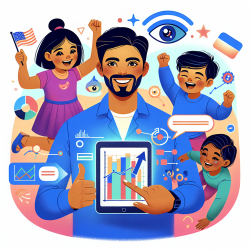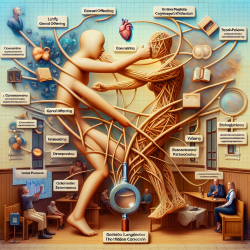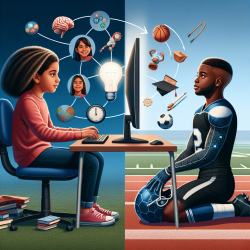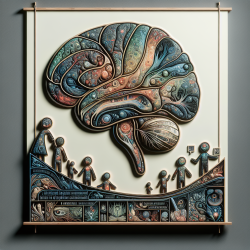As a speech-language pathologist, you are likely familiar with the challenges that adolescents with intellectual disabilities face, particularly when it comes to engaging in physical activity. A recent study titled Barriers and facilitators of physical activity in adolescents with intellectual disabilities: An analysis informed by the COM-B model by McDermott et al. (2022) offers valuable insights into these challenges and how they can be overcome.
This study, published in the Journal of Applied Research in Intellectual Disabilities, utilized the COM-B model to explore the factors influencing physical activity among adolescents with intellectual disabilities within school settings. The COM-B model, which stands for Capability, Opportunity, Motivation, and Behavior, provides a comprehensive framework for understanding behavior change. Let's delve into the key findings and how they can inform your practice.
Key Findings
The study identified a range of individual, interpersonal, and environmental factors that impact physical activity among adolescents with intellectual disabilities. These factors were categorized into the six constructs of the COM-B model:
- Capability: Physical and psychological abilities that enable physical activity.
- Opportunity: External factors that make physical activity possible or prompt it.
- Motivation: Reflective and automatic mechanisms that activate or inhibit physical activity.
Barriers Identified
- Physical Barriers: Limited motor skills and physical endurance were significant barriers. Adolescents often lacked the physical capability to engage in sustained physical activity.
- Psychological Barriers: Low self-efficacy and fear of failure deterred participation. Many adolescents did not believe they were capable of performing physical activities successfully.
- Environmental Barriers: Lack of accessible facilities and supportive environments. Schools often lacked the necessary infrastructure to support inclusive physical activity programs.
Facilitators Identified
- Supportive Relationships: Encouragement from teachers, parents, and peers significantly boosted participation. The presence of a supportive network was crucial.
- Adapted Activities: Tailoring activities to the individual’s abilities and interests increased engagement. Personalized and enjoyable activities were more effective.
- Structured Programs: Well-organized and consistent physical activity programs within schools provided a conducive environment for participation.
Implications for Practice
Based on these findings, here are several strategies you can implement to improve physical activity outcomes for adolescents with intellectual disabilities:
1. Enhance Physical Capability
- Incorporate exercises that build motor skills and physical endurance gradually.
- Use adaptive equipment to make activities more accessible.
2. Boost Psychological Capability
- Foster a positive mindset by celebrating small achievements.
- Use motivational interviewing techniques to build self-efficacy.
3. Create Supportive Environments
- Engage parents, teachers, and peers in supporting the adolescent’s physical activity.
- Advocate for accessible facilities and inclusive programs within schools.
4. Leverage Motivation
- Identify and utilize the adolescent’s interests to make activities enjoyable.
- Set realistic and achievable goals to maintain motivation.
Encouraging Further Research
While the study provides valuable insights, it also highlights the need for further research to develop and refine interventions. Practitioners are encouraged to collaborate with researchers to explore innovative strategies that can be tailored to individual needs.
In conclusion, the study by McDermott et al. (2022) underscores the importance of a holistic approach to promoting physical activity among adolescents with intellectual disabilities. By addressing the barriers and leveraging the facilitators identified through the COM-B model, practitioners can create more effective and sustainable interventions.
To read the original research paper, please follow this link: Barriers and facilitators of physical activity in adolescents with intellectual disabilities: An analysis informed by the COM-B model.
